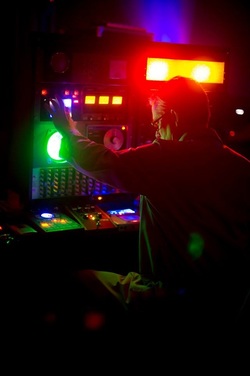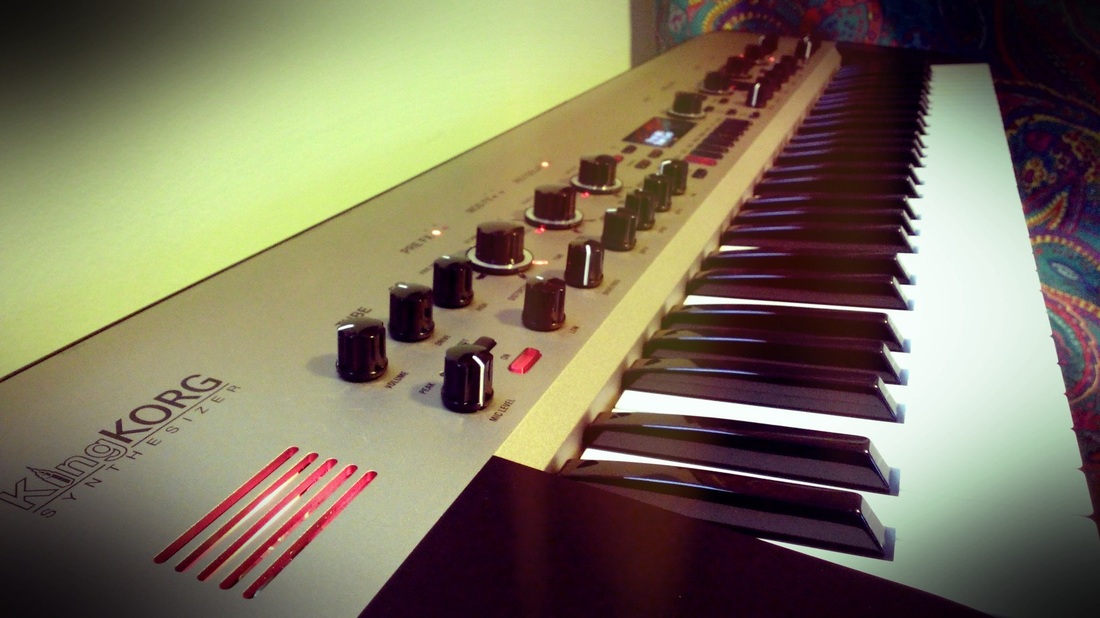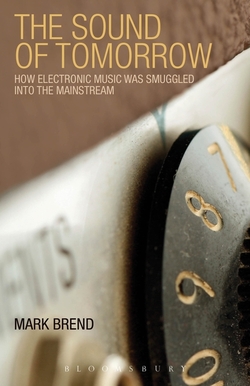Another Live at KnobCon video.
The track in the video has major sonic elements taken from When Robots Started Dreaming on the City Of Chrome And Glass. album. The original track was built around a fairly long, stereo field recording. I walked around in an elevator control room for about 10 minutes as the motors and control relays operated. Large, open relays make a hell of a CLACK when they pull in and out.
Once I had the recording back in the lab things were moved, prodded and abused in to the finished studio version. When it was time to try and perform live, I pulled some of these elements in to the SP404 sampler that substitutes for tape loops in a live setting. There are a lot of sounds being generated live in this video. In fact, I was barely able to keep some of the elements in control. This performance of this track was constantly in danger of sliding off the rails and devolving in to a tsunami of howling feedback.




 RSS Feed
RSS Feed
